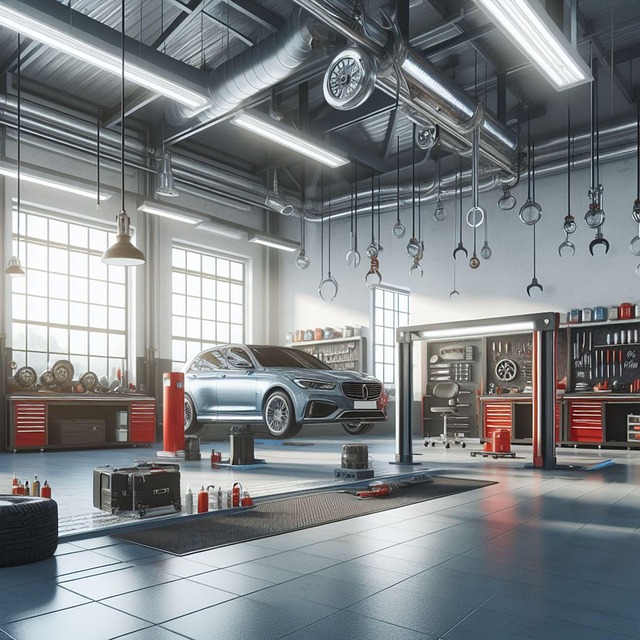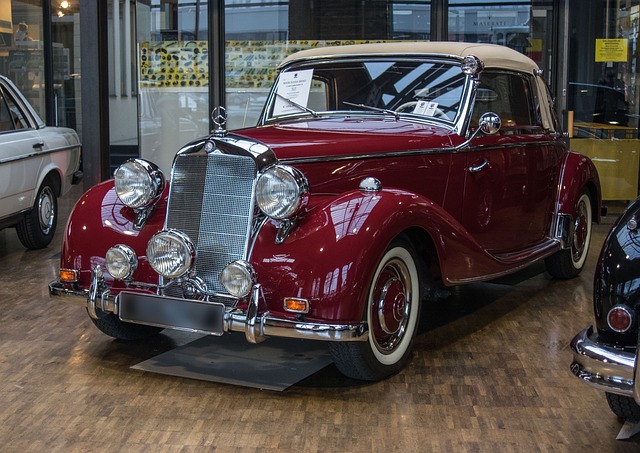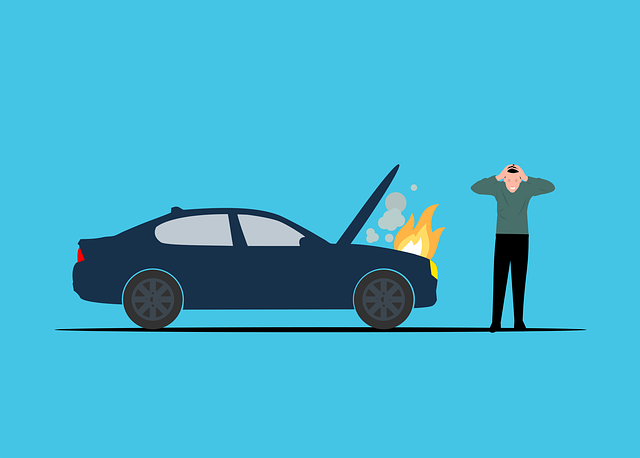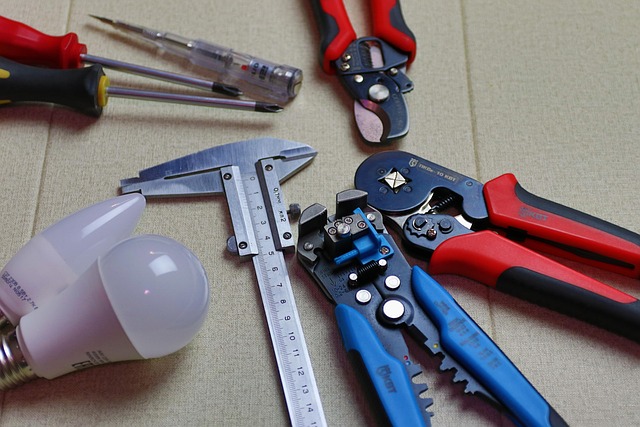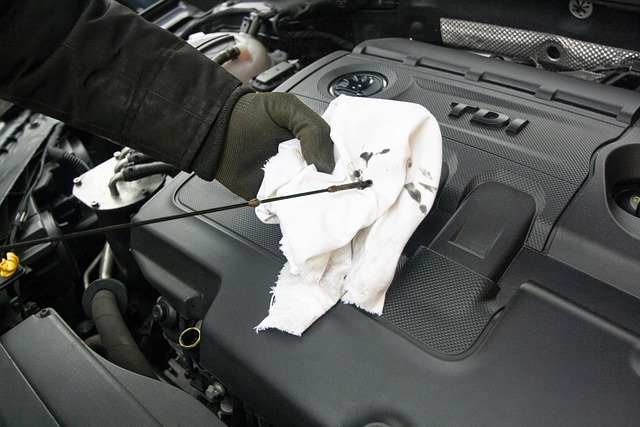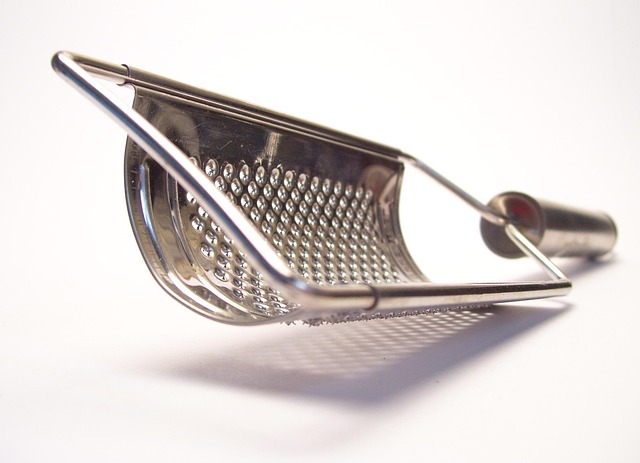Wheel arch replacement is a critical automotive repair that restores structural integrity, safety, and aesthetic appeal around wheels, especially after accidents or wear and tear. It requires precise measurements, skilled craftsmanship, and knowledge of specific vehicle designs for seamless integration with existing body panels. Common mistakes include improper securing and overlooking sealing/priming, which can lead to loose components, rust damage, and uneven finishes. Proper long-term maintenance—including regular washing, inspecting, and using mild detergents—is crucial to protect investments and ensure the longevity of successful wheel arch replacements, especially for Mercedes Benz models.
“Enhance your vehicle’s aesthetics and structural integrity with a comprehensive guide on wheel arch replacement. This article navigates you through the basics, delving into the essential steps to ensure a successful installation. From understanding the process to avoiding common mistakes, we equip folks with knowledge to achieve optimal results. Learn about long-term maintenance tips that preserve the longevity of your vehicle’s critical components. Master the art of wheel arch replacement and transform both performance and appearance.”
- Understanding Wheel Arch Replacement: The Basics
- Common Mistakes to Avoid During Installation
- Long-Term Maintenance Tips for Optimal Results
Understanding Wheel Arch Replacement: The Basics
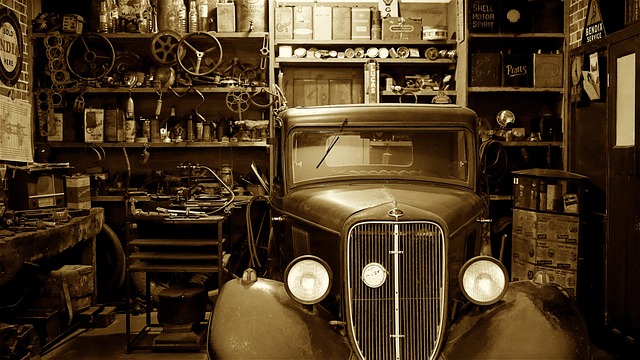
Wheel arch replacement is a specialized automotive repair process that involves replacing or restoring the wheel arch, a structural component surrounding the wheels. It’s a crucial task, especially after accidents or wear and tear, to ensure both vehicle safety and aesthetic appeal. The wheel arch, often made of metal, serves multiple functions: it houses and protects the wheel, provides attachment points for suspension components, and contributes to the overall shape and stability of the vehicle.
When considering a wheel arch replacement, it’s important to understand that this isn’t merely a straightforward auto glass repair or even a bumper repair. It requires precise measurements, skilled craftsmanship, and knowledge of the specific vehicle’s design. The new arch must seamlessly integrate with the existing body panels, ensuring both structural integrity and a flawless visual finish. This process involves careful disassembly, replacement of damaged parts, and meticulous painting to match the vehicle’s original color, making it a complex yet necessary procedure for restoring your vehicle to its pre-accident condition.
Common Mistakes to Avoid During Installation
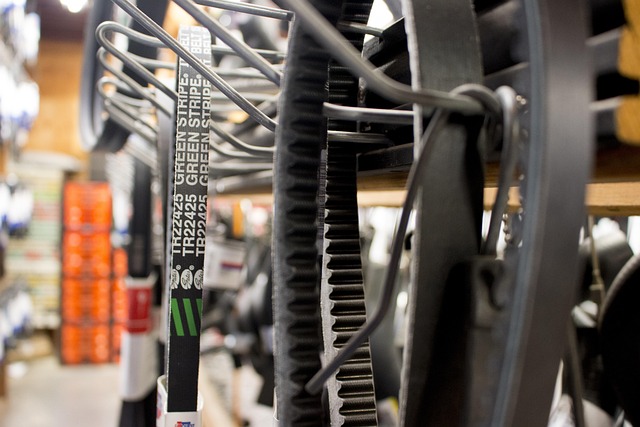
During a wheel arch replacement, there are several common mistakes that auto enthusiasts and mechanics should steer clear of to ensure a durable and aesthetically pleasing car body restoration. One of the primary blunders is not properly securing the new wheel arch, which can lead to loose components and an uneven finish. Every detail, from measuring and cutting the arch to fitting and fastening it, requires precision and care. Using the wrong tools or techniques might result in misaligned panels, affecting the overall aesthetics and structural integrity of the auto bodywork.
Another frequent error is overlooking the importance of sealing and priming. After installation, failing to seal the joints properly can cause water penetration, leading to rust and further damage over time. Priming the new arch before painting helps to ensure a smooth finish and promotes better adhesion of the paint, ensuring long-lasting color retention in contrast to a hasty job that might reveal signs of repair in the future, especially in a meticulous mercedes benz repair.
Long-Term Maintenance Tips for Optimal Results

After successfully carrying out a wheel arch replacement, proper long-term maintenance is crucial to ensure optimal results and protect your investment. Regular washing and inspecting your vehicle’s wheel arches is essential, especially after driving in harsh conditions like mud, snow, or salt. These elements can compromise the integrity of the new arch, leading to future repairs. Using mild detergents and soft brushes will prevent scratches and maintain the finish.
Additionally, keeping an eye on signs of corrosion or damage early on can save you from costly repairs down the line. A visit to a reputable car repair services or auto repair shop for periodic checks is beneficial. They have the expertise and tools to ensure your wheel arch replacement remains in top condition, extending the life of your vehicle’s body and protecting its aesthetic appeal. Remember, proper maintenance is key to avoiding common repair mistakes post-wheel arch replacement.
When undertaking a wheel arch replacement, understanding the process and prioritizing meticulous installation are key to avoiding common repair mistakes. By adhering to best practices outlined in this article, including proper preparation, high-quality materials, and precise techniques, you can ensure long-lasting results. Regular maintenance, such as inspecting for signs of corrosion and promptly addressing any issues, will contribute to the overall health and aesthetic appeal of your vehicle’s wheel arches for years to come, maximizing the benefits of a successful wheel arch replacement.

